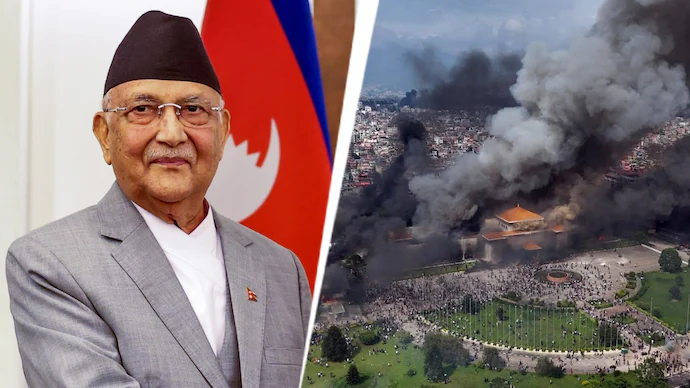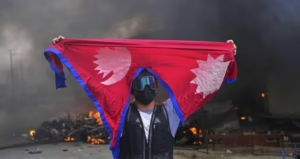What Foreign Media Is Showing
Foreign outlets: like AP, Reuters, The Guardian, and Times have focused on:
- The ban on 26 social media platforms and the legal justification (failure to register).
- The widespread, youth-led protests and the tragic outcome: at least 19 deaths.
- The resignation of Prime Minister K.P. Sharma Oli and the abrupt repeal of the ban.
- The framing of events within global trends of online freedom being curtailed.
Solid reporting, but what’s missing?
What Gets Lost in Translation: The Narrative Gaps

1. The Ban Trigger Was Part of a Larger Anti-Corruption Movement
While media run headlines about censorship, they often underplay how the “nepo kid” movement and corruption expose sparked online outrage long before the ban. The censorship wasn’t the root grievance, it was the tipping point.
2. Foreign Focus on Death Toll, Not the Underlying Political Frustration
Reports cover the tragic outcome, yet understate the buried causes, the daily burnout of nepotism, joblessness, and decades of ineffective leadership. Foreign media often frames it as a ban-led riot, missing how it represented a systemic breakdown in youth trust.
3. Details on Police Tactics and Victims’ Stories Are Sparse
Video clips of violence circulate, but many news accounts gloss over:
- Who the victims were (first-time protesters, students, etc.)
- The details of police force escalation (live ammo, disproportionate suppression)
- The scale of injuries and hospitalisation across cities, “hundreds” is used loosely.
4. Poor Coverage of Why TikTok Was Spared
While outlets mention TikTok wasn’t blocked, few explain why, that it had registered according to Nepal’s rules, and how it became an organizing hub amid the ban. That detail is important context.
5. Limited Exploration of What Comes Next
Few reports dive into Nepal’s fractured political landscape emerging from this crisis:
- Calls for independent investigation and accountability
- Plans for systemic anti-corruption reforms
- Regional implications with India and China watching closely
- Citizens’ strategies to protect digital rights going forward, these future implications are largely underreported.
In Summary: What Foreign Media Misses About Nepal Social Media Ban
| Key Point | Gaps in Foreign Coverage |
| Root cause of protests | Oversimplified as “ban reaction” without deeper anti-corruption context |
| Nature of police response | Lacks vivid, human-level accounts of force and casualties |
| TikTok’s exemption | Mentioned but barely explained in terms of compliance |
| Political ramifications | Reports resignations, but not what systemic changes are brewing |
| Future trajectory | Little coverage of reform discussions, legal challenges, or activism strategies |
The Real Truth (As Understood Locally)
- This was more than a tech ban, it was a rejection of a deeply corrupt system. Young Nepalis saw censorship of “nepo kids” content as a last straw.
- The ban became the spark for a broader uprising. Youth had already tapped into social media as a battleground for transparency and accountability.
- TikTok’s registration created a loophole that ironically empowered protest coordination.
- The crackdown was brutal. It wasn’t just curfews and rhetoric, trauma, grief, and outrage injected new energy into city streets.
- There’s traction toward change. A raised middle finger toward opacity, now a dismantling movement of resignations, protests, and calls for reform.
Foreign media are doing the first pass, important, but often incomplete. To get the full story, we need Nepali voices, local journalists, community witnesses, and activists who are rewriting the narrative on the ground.
















